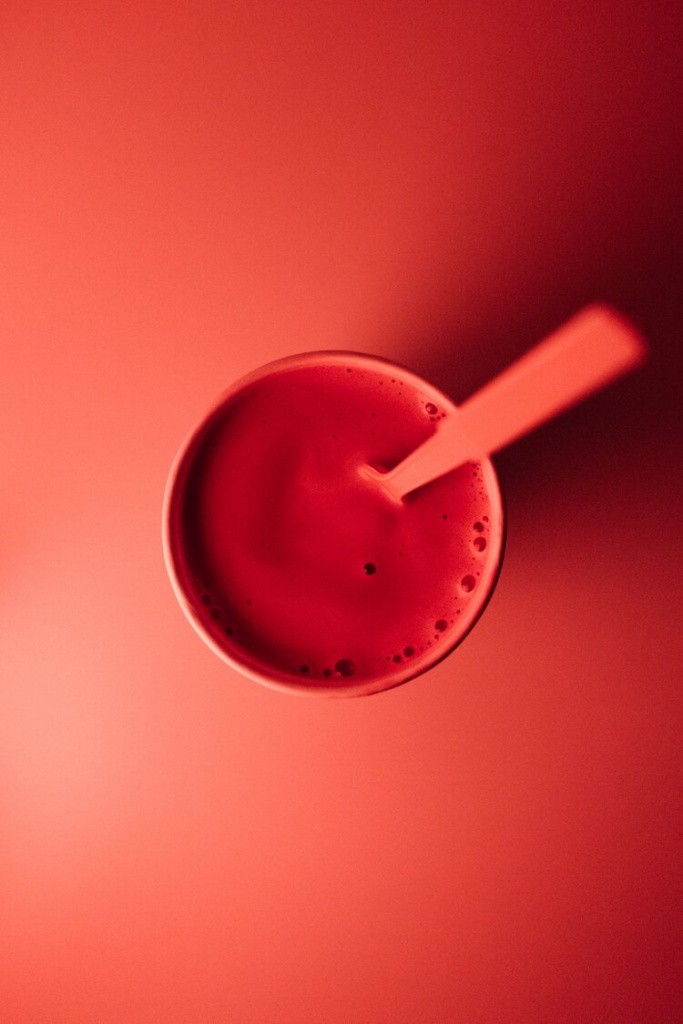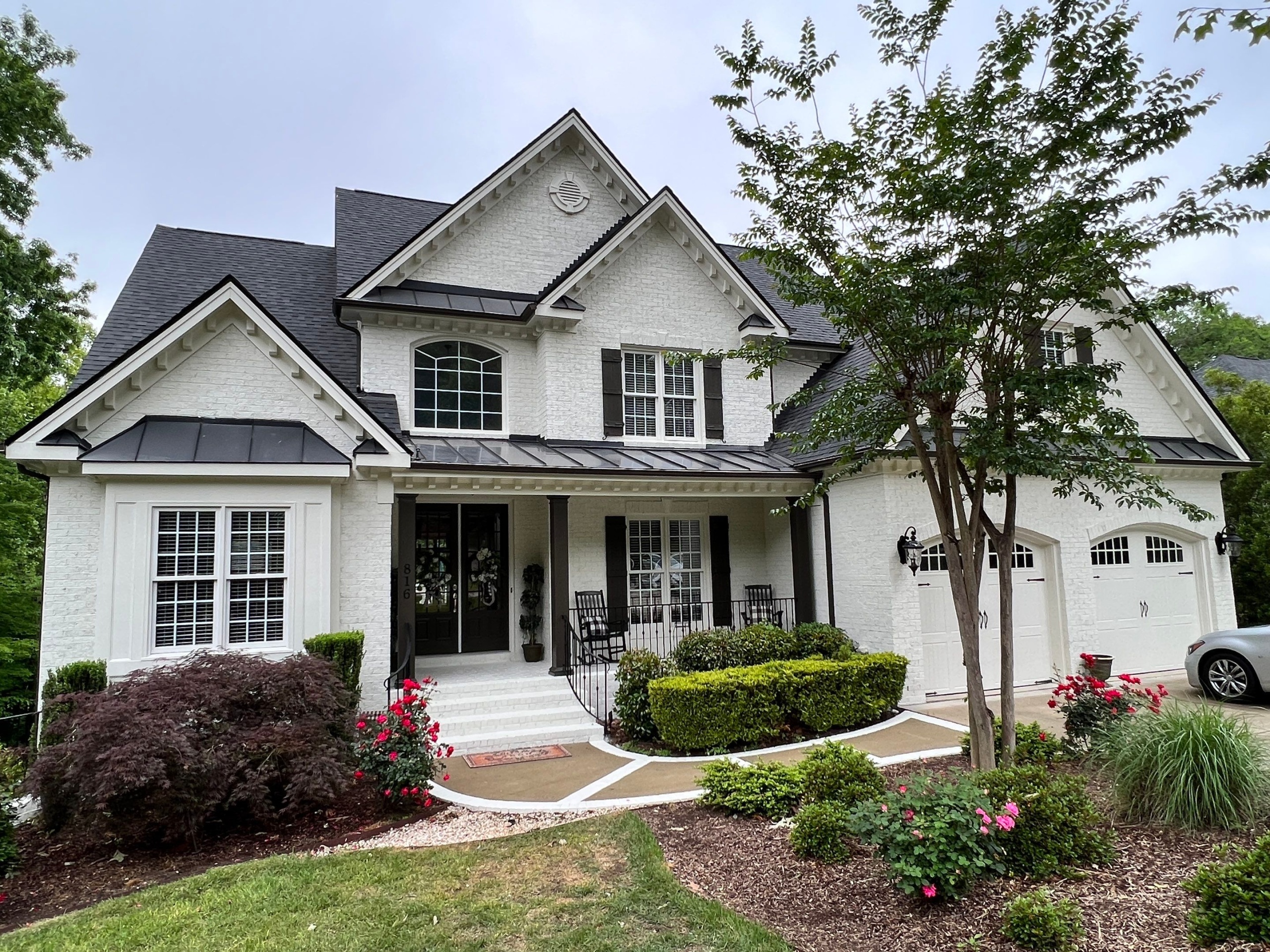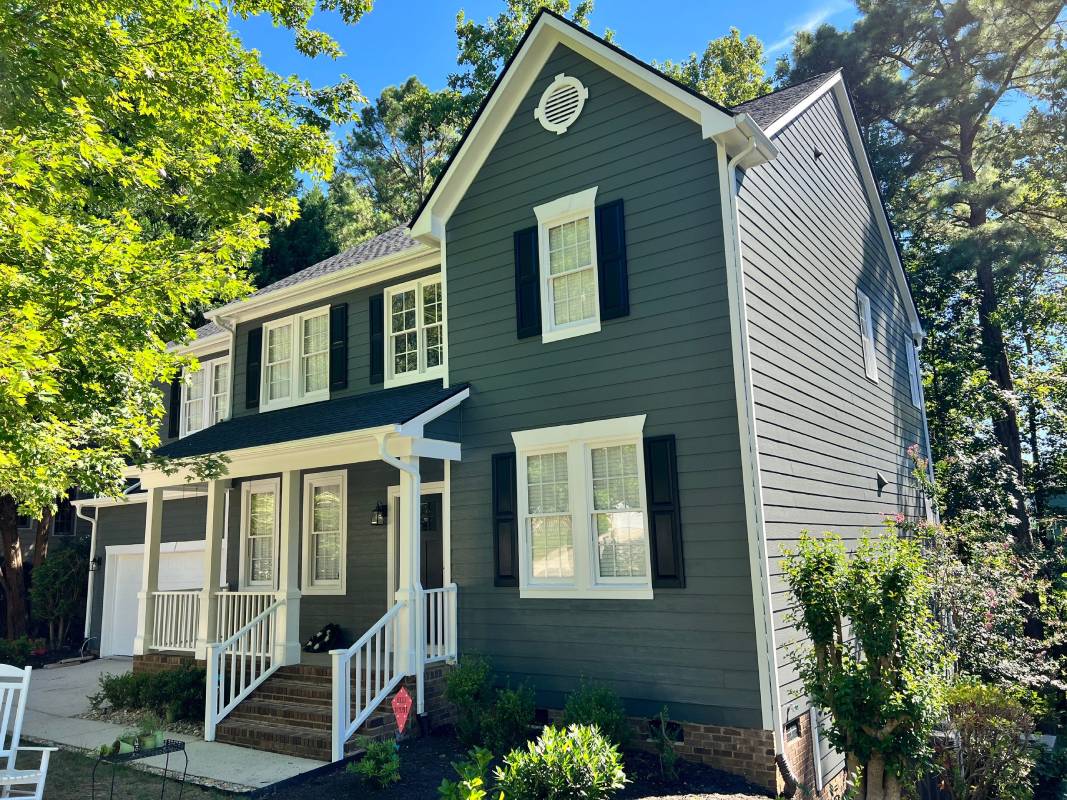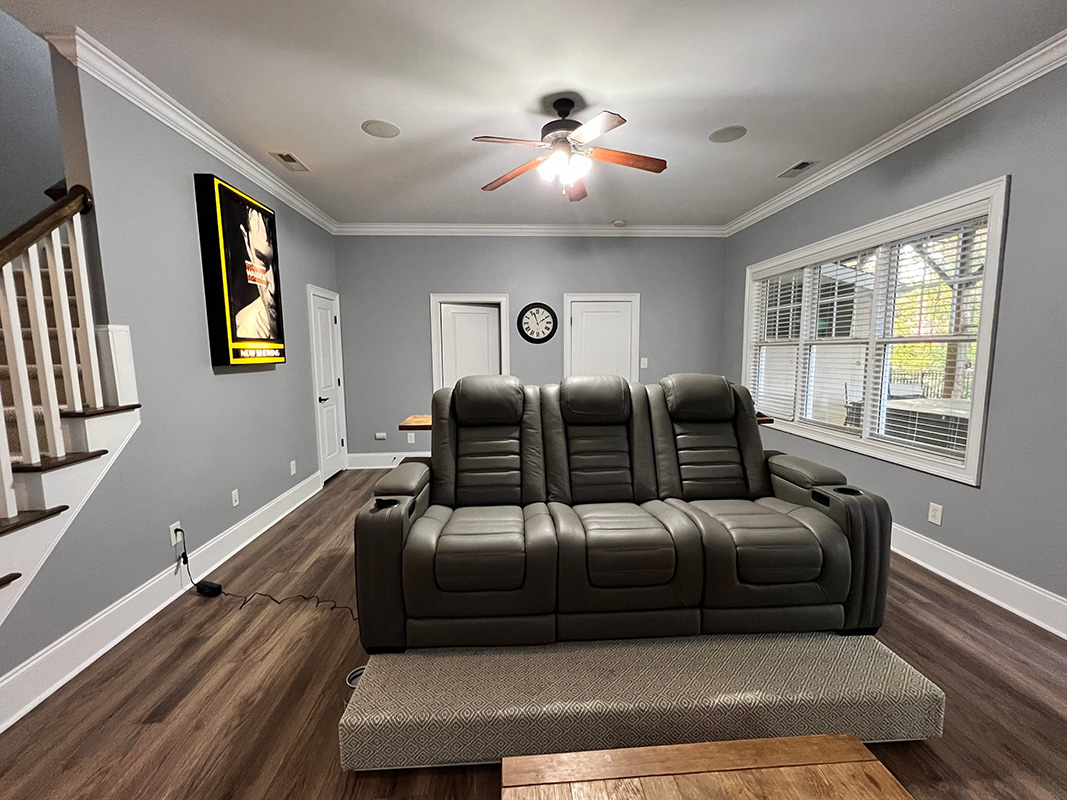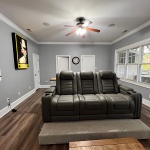Did you know the colors of your room affect your mood and emotion? Colors act in three basic ways: active, passive and neutral. Warm colors like red, yellow and orange can produce feelings of warmth, while cool colors like green and blue can be calming.
Learn more about color psychology and what each color means.
RED
Red, the color of confidence, excitement and energy, is the most psychologically stimulating of colors. Those who like red are passionate, energetic, outgoing and courageous.
YELLOW
Yellow equals optimism. It makes the room look energetic and cheerful and is said to give out positive vibes. Its brightness reflects happiness and joy and is recommended in living rooms and exterior house walls.
PURPLE
Purple is very soothing and calming and is related to intuition and spirituality. The meaning of purple most often refers to nobility, abundance, and dignity.
PINK
Pink is essentially a light red hue and is typically associated with love and romance. Pink is thought to have a calming effect and feminine.
GREEN
Green is a cool color that symbolizes nature and the natural world. Perhaps because of its strong associations with nature, green is often thought to represent tranquility, good luck, health, and jealousy.
BLUE
Blue is a color often found in nature such as the pale blue of a daytime sky or the rich dark blue of a deep pool of water. It is for this reason perhaps that people often describe the color blue as calming and serene. Yet as a cool color, blue can sometimes seem icy, distant, or even cold.
ORANGE
Orange can be a very strong and energetic color. Like yellow and red, it can be very attention-grabbing, which is perhaps why it is often used in advertising. People often describe orange as bright, happy, and uplifting. In some cases, however, it can seem too bright and overwhelming.
BROWN
Brown tends to feel like a solid, earthy color, but it can sometimes seem drab and boring. Light browns such as beige are often used as neutrals in design and fashion. While they can provide a conservative and traditional backdrop, these shades are often perceived as dull.
BLACK
Black represents elegance, mystery and power. Those who like black are said to be ambitious and sophisticated. Too much black, however, can be depressing. Consider using it as an accent color to add drama to your room.
GRAY
Gray has an inherent calmness and sophistication. You can choose a solid gray that symbolizes strength, or go for a softer gray that offers a more delicate feel.
WHITE
White represents purity or innocence. White is also described as cold, bland, and sterile. Rooms painted completely white can seem spacious, but empty and unfriendly.



